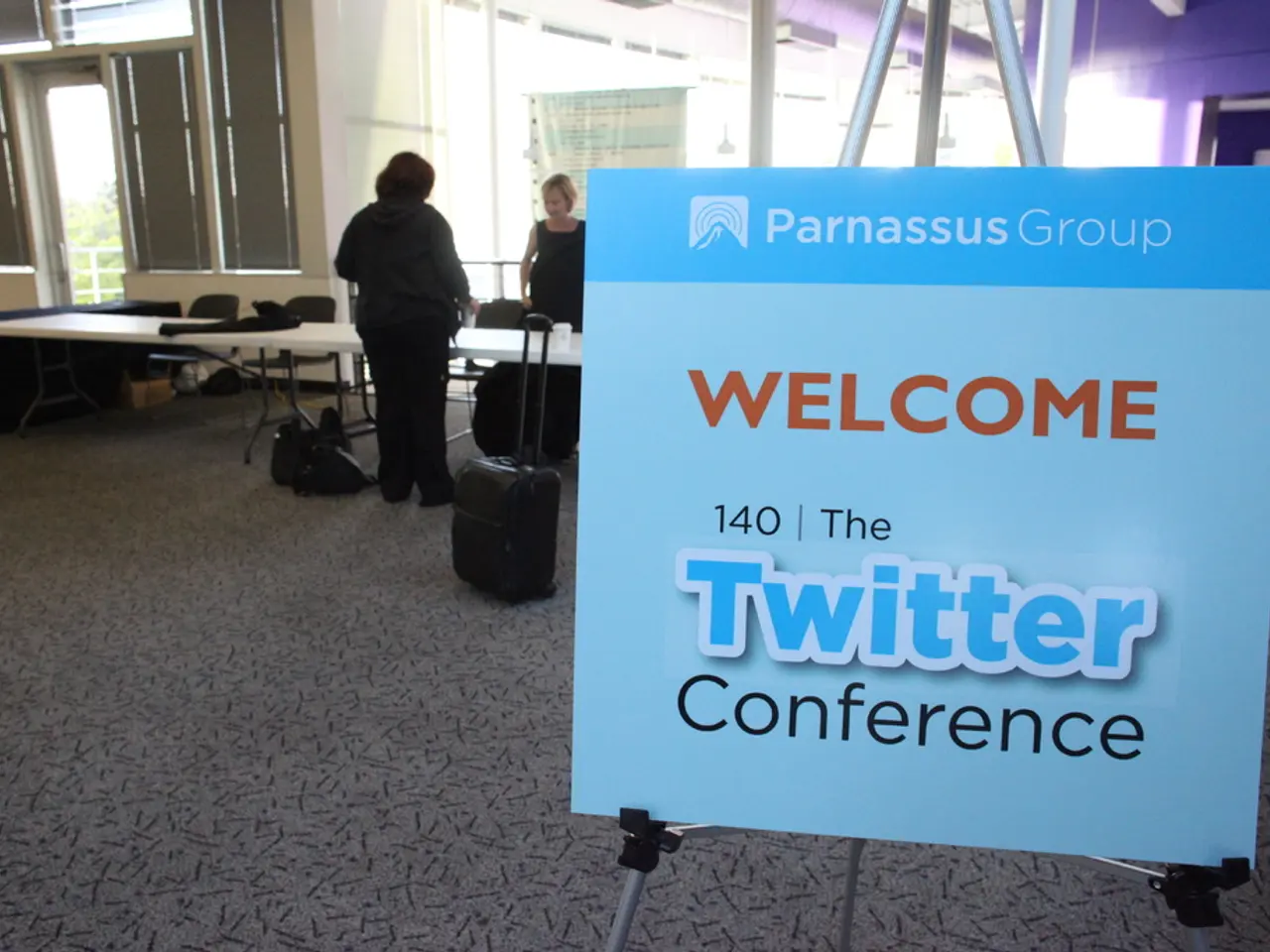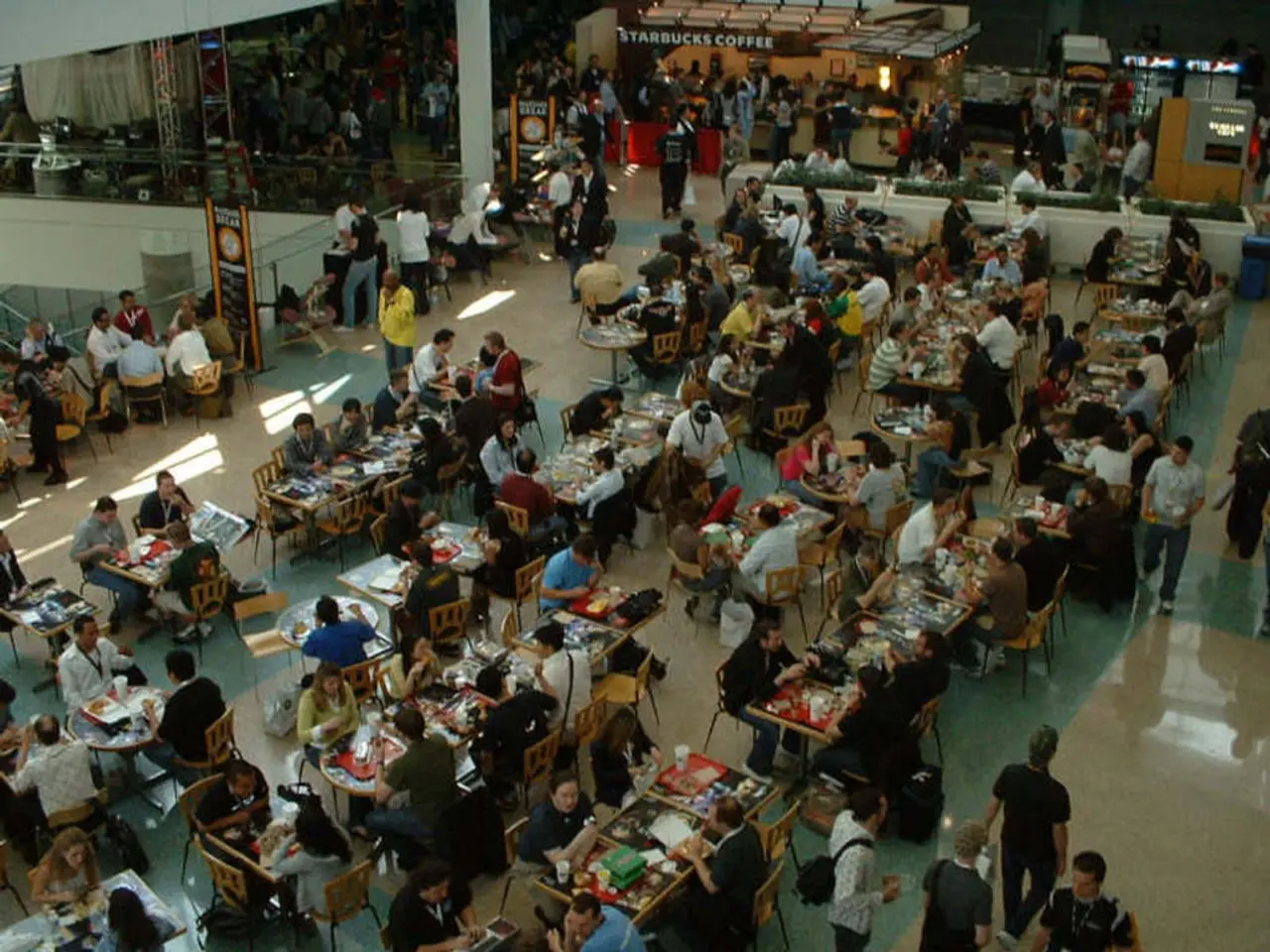Constructing Collaborative Networks in the Web3 Realm
================================================================================
In the ever-evolving digital landscape, one thing remains constant: the human need for collaboration in creative communities. Whether it's the bustling artistic hubs of the Renaissance era or the vibrant, decentralized ecosystems of Web3, the desire to create together has been a driving force.
Both traditional and Web3 creative communities share a commitment to fostering collaboration through structured opportunities. Good community building transcends any particular technology, and proven collaborative wisdom meets global, permissionless infrastructure in Web3.
A key principle that unites these communities is the cultivation of trust and psychological safety. Both models build environments where members can share ideas without fear, promoting creativity and innovation. This alignment with how trust enables open dialogue and risk-taking essential for creativity is a testament to the timeless nature of these principles.
Traditional creative networks, often place-based collaborative ecosystems, bring together diverse actors from various sectors to address shared challenges. Similarly, Web3 creative communities leverage decentralized technologies to build ownership and reward systems that encourage participation and align incentives across participants.
Both networks rely on aligned goals and shared ownership. A unified vision and aligned metrics drive collective efforts, which in Web3 is often reflected in token-based incentives and governance that give all members a stake in success.
Cross-functional collaboration and empathy are also essential in both traditional and Web3 communities. Encouraging members to understand different perspectives and roles enhances problem-solving and creativity. This principle is common in traditional networks through job rotation and in Web3 through diverse community roles and interactions.
The use of technology to break silos and enable orchestration is another shared principle. Web3 uses blockchain and smart contracts to coordinate actions transparently, while traditional networks deploy communication tools and collaborative platforms to harmonize efforts.
Examples of this new paradigm for collaboration can be seen in Decentralized Autonomous Organizations (DAOs) like FlamingoDAO and The LAO. These organizations demonstrate diverse applications of decentralized collaboration, creating new patterns for creative work by fostering creativity and innovation through diversity of thought.
The future of creative communities lies in bridging the gap between traditional and Web3 tools, amplifying timeless principles that make creative communities thrive. Web3 tools are enhancing and making globally accessible the principles of traditional creative networks through blockchain infrastructure.
The stablecoin infrastructure has crossed a $250B market cap with $7T annual on-chain volume, demonstrating mature financial rails for creative economies. The DEX-to-CEX spot trade ratio reached a record 27.9% in June 2025, indicating increased community-driven economic activity.
The cross-pollination of ideas occurs in these networks due to the interaction of people with different skills and perspectives. This diversity fuels innovation and collective ownership in the creative space.
Building trust through transparency and responsive communication is essential in both traditional and Web3 creative communities. Non-hierarchical coordination is a principle in traditional creative communities, where decision-making processes emerge organically from the group.
Reciprocal knowledge exchange is another concept that ties together traditional and Web3 creative communities. Value is created for everyone involved, although it may not provide immediate value to individuals. The research shows that both types of communities succeed through this mutual exchange and value creation through participation.
As we move forward, the future may bring new, unimagined ways of creating together through the combination of traditional and Web3 principles. The technology enables "autonomous creative collaboration" where creative ideas flourish organically. The key is to maintain the human touch, the collaborative spirit, and the shared values that have always been at the heart of creative communities.
- The use of technology in Web3 creative communities, such as blockchain and smart contracts, enables autonomy and coordination, similar to how traditional creative networks use communication tools and collaborative platforms to harmonize efforts.
- Both traditional and Web3 creative communities recognize the importance of reciprocal knowledge exchange, where value is created for everyone involved, fostering a culture of collective ownership and creativity through mutual exchange and participation.




